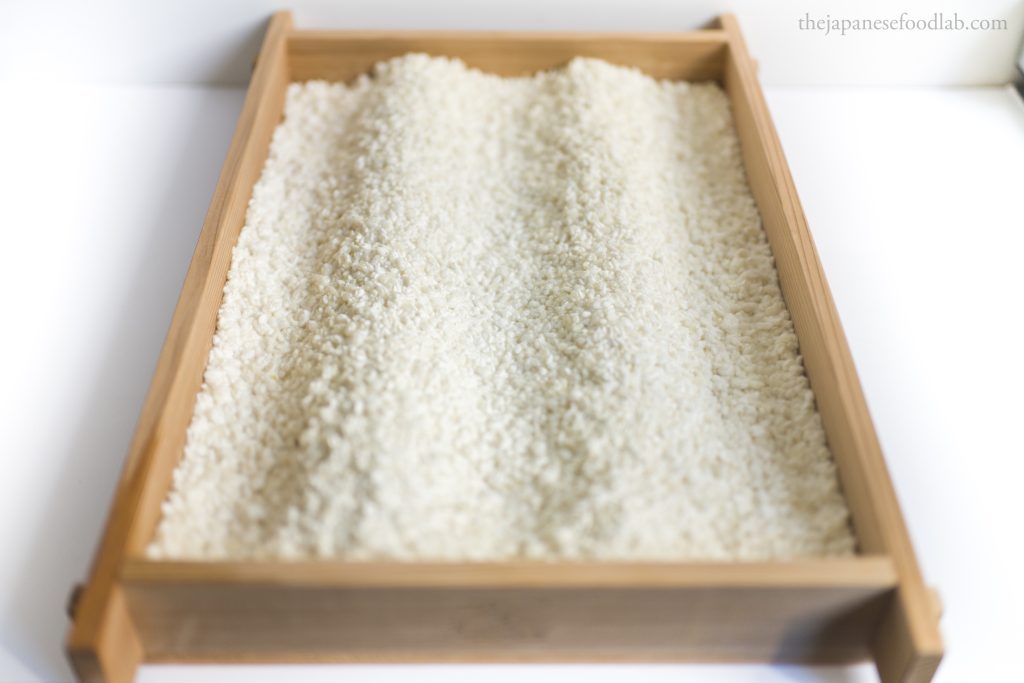
Soy sauce and miso are two of the most foundational ingredients in Japanese cooking. They not only add saltiness and savoury notes to dishes, but define the taste of Japanese food through their fermented soy notes. Both these ingredients’ special characteristics were only made possible by koji, the cornerstone fungus added during their production to kick off fermentation.
Today, koji can be found in the repertoire of high end chefs all around the world having gained traction as this special ingredient that can be used to create new and interesting flavours. As the new up and coming ‘must have’ addition to a restaurant menus, a myriad of new creations and dishes using koji have been created. While many of these dishes and condiments have been brilliant in their own right, one might say that koji has been overused to the point of being added to dishes just for the sake of addition.
This however, will never detract from the incredible ability koji has to transform ingredients when used well. With masses of information on koji floating around the internet, we thought we’d give our take on the ins and outs of koji through what we do best-through the lens of traditional Japan. We fully acknowledge that there’s no perfect way to grow koji due to the vastly different variables in one’s kitchen setup, from the seasonal temperatures and humidity all the way to space and ingredient availability. I myself personally learned to grow koji at Noma’s fermentation lab where we used to process to grow koji that was highly optimised to the needs of their kitchen. With that in mind, the information presented here should simply be taken as a guideline as you adapt it to work for yourself.
As always, all articles on this site are a work in progress and more information will be added over time. Titles that do not have a hyperlink are in the process of writing yet.
The science behind koji?
How to make koji
How to grow barley koji
How to grow brown rice koji
How to grow soybean koji